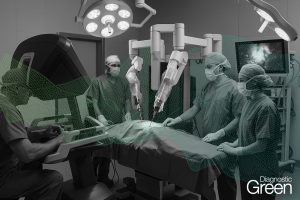Background: This study aimed to compare outcomes of standard laparoscopic cholecystectomy and indocyanine green fluorescent cholangiography laparoscopic cholecystectomy over a 10-year period.
Methods: From 2013 to 2023, 173 laparoscopic cholecystectomies were performed in 2 pediatric surgery units: 83 using standard technique (G1) and 90 using indocyanine green fluorescent cholangiography (G2). Patients included 96 girls and 77 boys, with a median age of 12.3 years (range 4-17) and a median weight of 51 kg (range 19-114). The 2 groups were compared regarding the following: (1) perioperative complications rate; (2) overall length of surgery (T1); (3) length of cystic duct isolation, clipping, and sectioning (T2); (4) time of gallbladder removal (T3); (5) degree of visualization of biliary tree; (6) safety and feasibility of indocyanine green fluorescent cholangiography; (7) incidence of anatomical anomalies detected intraoperatively.
Results: All laparoscopic cholecystectomies were accomplished without conversion to open. The perioperative complications rate was significantly higher in G1 compared with G2 (12% vs 0%; P = .0007). Median T1, T2, and T3 were significantly longer in G1 (90, 37, 35 minutes) compared with G2 (55, 17, 19 minutes) (P = .0001), respectively. The visualization rate of the complete biliary tree was significantly higher in G2 (98.8%) than in G1 (80.7%) (P = .0001). No adverse reactions to indocyanine green were recorded. The incidence of biliary anomalies detected intraoperatively was significantly higher in G2 (7.8%) than in G1 (1.2%) (P = .03).
Conclusion: Indocyanine green fluorescent cholangiography can be considered the new standard practice to perform laparoscopic cholecystectomy in pediatrics. Indocyanine green fluorescence provided superior visualization of biliary anatomy, increased detection of anatomic variants, faster procedure, and fewer complications compared with conventional technique. Indocyanine green fluorescent cholangiography was safe, feasible, simple, inexpensive, and a timesaving tool.




